Description
Avermectin: A Natural Revolution in Pest Control and Beyond
Avermectin. The name might sound like something out of a science fiction novel, but it represents a powerful and naturally derived family of compounds that have revolutionized the control of parasites and pests in agriculture, veterinary medicine, and even human health. This article delves into the fascinating world of avermectins, exploring their origins, mechanisms of action, applications, and the challenges associated with their widespread use.
From Soil Bacteria to Global Impact:
The story of avermectins begins in the late 1970s with a soil bacterium, Streptomyces avermitilis, discovered in Japan. Researchers at Merck, recognizing its potential, isolated and purified a family of related compounds from this microorganism. These compounds, collectively known as avermectins, exhibited remarkable activity against a broad spectrum of parasites, including nematodes, insects, and mites.
The first avermectin to be commercialized was ivermectin, quickly followed by others like abamectin, doramectin, and eprinomectin. Their impact was immediate and profound. In agriculture, they provided effective control of devastating crop pests, leading to increased yields and reduced reliance on synthetic pesticides. In veterinary medicine, they offered a revolutionary treatment for parasitic infections in livestock, improving animal health and productivity.
Unraveling the Mechanism: How Avermectins Work
Avermectins work by interfering with the nervous and muscular systems of susceptible organisms. They primarily target glutamate-gated chloride channels, which are crucial for nerve and muscle function, particularly in invertebrates. By binding to these channels, avermectins cause an influx of chloride ions, leading to hyperpolarization of nerve and muscle cells. This hyperpolarization disrupts normal nerve signaling and muscle contraction, ultimately causing paralysis and death of the parasite or insect.
The selective toxicity of avermectins is a crucial characteristic. Mammals possess these glutamate-gated chloride channels in their central nervous system, but the blood-brain barrier effectively prevents the drugs from reaching these receptors. This minimizes the risk of neurological side effects in humans and livestock when used at recommended doses, making them relatively safe for targeted application.
A Multifaceted Tool: Applications Across Industries
The versatility of avermectins has led to their widespread adoption in various sectors:
- Agriculture: Abamectin is widely used to control spider mites, leaf miners, and other insect pests in a variety of crops, including fruits, vegetables, and ornamentals.
- Veterinary Medicine: Ivermectin, doramectin, and eprinomectin are mainstays in the treatment and prevention of parasitic infections in livestock, including cattle, sheep, horses, and pigs. They control internal parasites (worms) and external parasites (mites, lice, flies).
- Human Health: Ivermectin has become a crucial drug in the fight against neglected tropical diseases. It’s highly effective against Onchocerca volvulus, the parasite that causes river blindness, and is also used to treat lymphatic filariasis (elephantiasis) and strongyloidiasis.
- Pet Care: Avermectins are commonly found in heartworm preventatives for dogs and cats, as well as treatments for ear mites and other external parasites.
Challenges and Considerations:
Despite their remarkable benefits, the widespread use of avermectins has raised some important concerns:
- Resistance: Like many pesticides and antiparasitic drugs, avermectins are susceptible to the development of resistance in target organisms. Overuse and improper application can accelerate this process. Implementing resistance management strategies, such as rotating different classes of pesticides, is crucial for preserving their effectiveness.
- Environmental Impact: Avermectins can have non-target effects on beneficial insects and other organisms in the environment. Therefore, responsible application practices are essential to minimize ecological risks.
- Human Safety: While generally considered safe when used as directed, avermectins can cause adverse side effects in some individuals, particularly if used at excessive doses or in conjunction with certain medications.
The Future of Avermectins:
Avermectins remain crucial tools in combating parasites and pests across various sectors. Ongoing research focuses on:
- Developing new avermectin analogs with improved efficacy, broader spectrum activity, and reduced risk of resistance.
- Exploring novel formulations and delivery methods to enhance drug targeting and minimize environmental impact.
- Implementing strategies for integrated pest management (IPM) that combine avermectins with other control methods to reduce reliance on single-agent treatments.
Conclusion:
Avermectins represent a remarkable success story of natural product discovery. Their impact on agriculture, veterinary medicine, and human health has been profound. By understanding their mechanisms of action, potential challenges, and the importance of responsible use, we can ensure that these powerful compounds continue to play a vital role in improving global health and food security. As we face emerging challenges in pest control and disease prevention, the insights gained from studying avermectins will undoubtedly guide the development of innovative and sustainable solutions for the future.




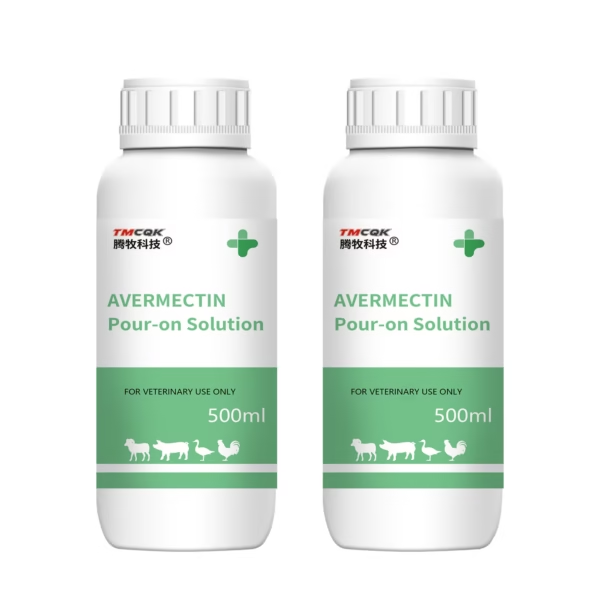
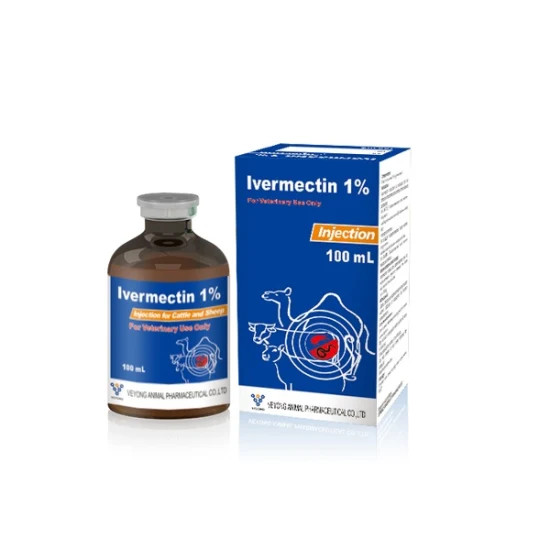



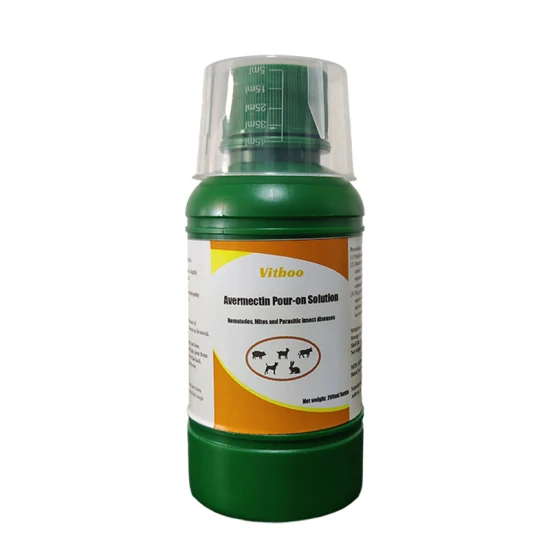





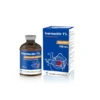
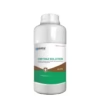


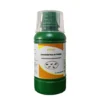




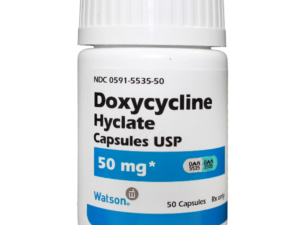
Reviews
There are no reviews yet.